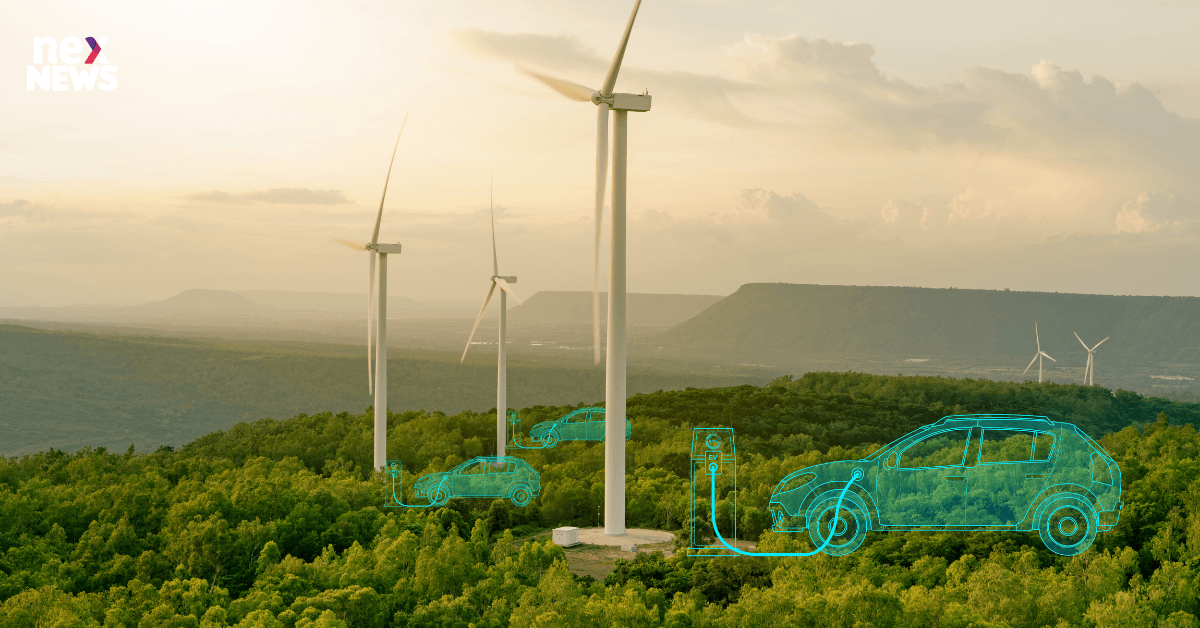In recent years, there has been a significant shift towards sustainable practices and environmental consciousness. One of the industries that have embraced this change is transportation. While electric cars have gained prominence, the focus has also shifted towards commercial electric vehicles (CEVs) and the electrification of fleets. This article delves into the emerging trend of electrifying fleets and the pivotal role that commercial electric vehicles play in shaping a greener future.
Introduction
As concerns over climate change and air quality intensify, the transportation sector has found itself under scrutiny. Beyond individual vehicles, fleets of commercial vehicles have a substantial impact on emissions. This has led to a growing interest in electrifying these fleets and adopting commercial electric vehicles as a solution.
The Environmental Imperative
Traditional combustion-engine vehicles are notorious for their carbon emissions and contribution to air pollution. Commercial vehicles, including buses, delivery trucks, and utility vehicles, collectively contribute a significant share of these emissions. Electrifying fleets offers a viable path towards reducing greenhouse gas emissions and promoting cleaner air.
The Rise of Commercial Electric Vehicles (CEVs)
The concept of commercial electric vehicles is not new, but recent advancements in battery technology and a more extensive charging infrastructure have propelled their development. Companies are now exploring electric options for their fleet needs, ranging from short-range delivery vans to long-haul trucks.
Benefits of Electrifying Fleets
The benefits of transitioning to commercial electric vehicles are manifold. These include reduced operating costs, lower maintenance expenses, and quieter operations. CEVs are also energy-efficient and offer a smoother driving experience. Additionally, companies that adopt CEVs demonstrate their commitment to sustainability, enhancing their brand image.
Overcoming Challenges: Infrastructure and Range
While the potential benefits are clear, challenges remain. Developing a robust charging infrastructure to support commercial electric vehicles is crucial. Moreover, concerns about the range of these vehicles need to be addressed. Technological advancements and strategic charging station placements are critical in overcoming these challenges.
Incentives and Policies Driving Adoption
Government incentives and policies play a pivotal role in accelerating the adoption of commercial electric vehicles. Tax incentives, grants, and subsidies incentivize companies to make the switch. Additionally, regulations that restrict the use of internal combustion engine vehicles in certain areas further drive the need for electrification.
Impact on Industries
The shift to commercial electric vehicles reverberates across various industries. Logistics companies can improve their delivery efficiency and reduce their carbon footprint. Public transportation systems become more sustainable and passenger-friendly. The energy sector witnesses increased demand for electricity. It's a transformative period for industries interconnected with transportation.
A Paradigm Shift for Manufacturers
The push for commercial electric vehicles necessitates a shift in manufacturing processes. Automakers are investing heavily in research and development of electric powertrains. Supply chains and production methods are evolving to meet the demands of this new era in transportation.
Innovations in Battery Technology
The heart of any electric vehicle is its battery. Innovations in battery technology are extending the range of commercial electric vehicles and reducing charging times. Lithium-ion batteries dominate the market, but researchers are exploring alternatives like solid-state batteries for even better performance.
The Road Ahead: Future of Commercial Electric Vehicles
The future of commercial electric vehicles looks promising. Continued advancements in battery technology will enhance vehicle range and charging efficiency. Autonomous driving technology could further optimize operations, while data-driven insights will streamline fleet management.
Charging Solutions for Fleets
Efficient charging solutions are vital for fleet operators. Fast-charging stations, battery swapping, and smart charging management systems are being developed to cater to the unique needs of commercial electric vehicle fleets. These solutions ensure minimal downtime and maximize operational efficiency.
Collaborative Efforts for Success
The transition to electrified fleets requires collaboration between various stakeholders. Governments, industries, and research institutions need to work together to address challenges and create an enabling environment for the widespread adoption of commercial electric vehicles.
Making the Transition: Steps for Fleet Electrification
For companies considering the shift to commercial electric vehicles, a well-defined strategy is essential. This involves assessing vehicle needs, establishing charging infrastructure, training staff, and integrating electric vehicles into existing operations seamlessly.
Case Studies: Leading the Way in CEVs
Several companies have taken bold steps towards electrifying their fleets. Companies like Amazon, UPS, and FedEx have incorporated electric delivery vans into their operations. Their experiences provide valuable insights into the benefits, challenges, and strategies for successful fleet electrification.
Conclusion
The electrification of fleets through commercial electric vehicles is a pivotal step towards achieving sustainable transportation. As technology evolves, the environmental and economic benefits of this transition become even more evident. With the right policies, incentives, and collaborative efforts, a greener future powered by commercial electric vehicles is well within reach.


POST A COMMENT (0)
All Comments (0)
Replies (0)